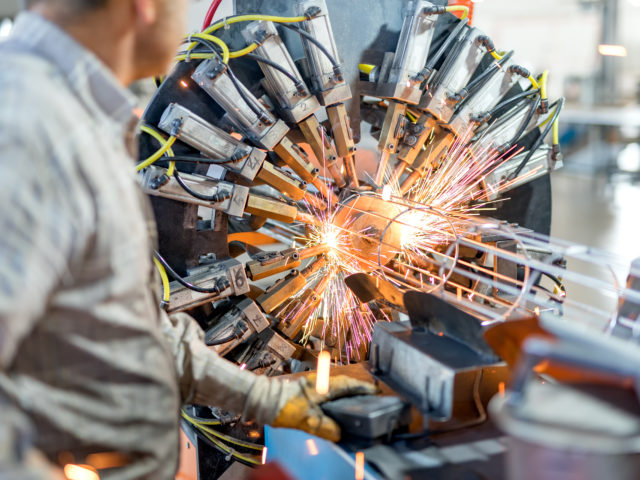While a relatively basic component in electronic design, there is a nearly endless variety of mechanical switches differing in size, shape, interfaces, and features.
From DIP, rotary DIP, and slide switches to tactile, rocker, push button, and toggle switches, each switch type has its advantages and disadvantages. However, each type of switch serves a similar function, so often times the decision comes down to user preference and the intended application.
By having a basic understanding of the fundamental difference between the various switch styles available, engineers can better select the appropriate option for their design. These considerations could include the number of poles and throws, size restrictions, number of positions, mounting style, actuation type, and more.
This CUI Insights blog post, “Fundamentals of Switches” covers all things switches, including poles and throws, key switch specifications, and the most common mechanical switch types.




